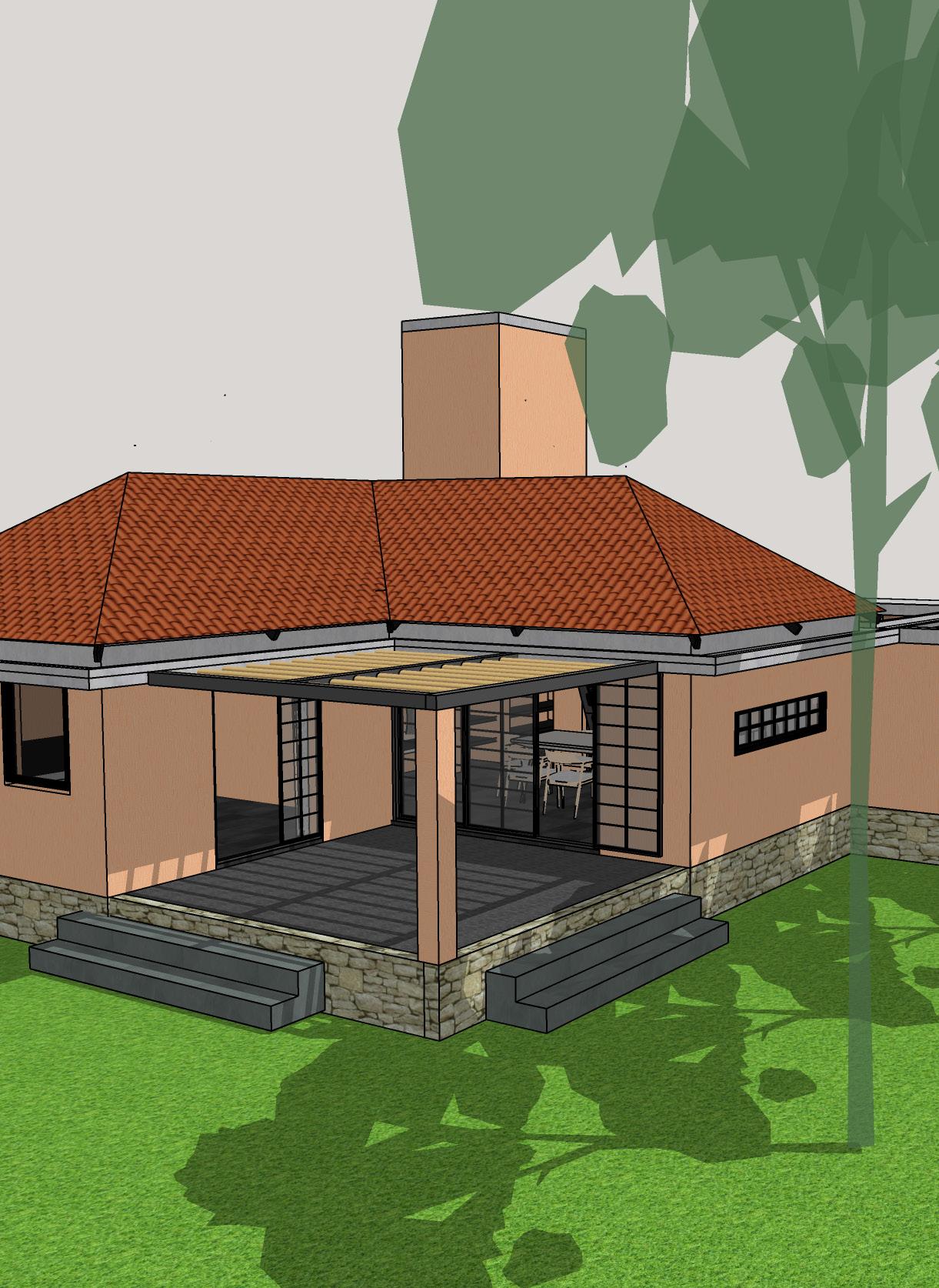
2 minute read
01 rammed & poured earth


Advertisement





Vanamu | Bengaluru about the workshop




The rammed earth & poured earth workshop was a popular workshop being held at Vanamu. I was able to participate, document, learn and understand the various techniques involved in building a rammed earth wall. The workshop focused on everything from the types of soil used to technical details such as formworks and width aspects. It was an indepth learning experience and I am glad I was able to be a part of it.


Introduction
Rammed earth is a building material made by compacting specific types of soil with components including earth, chalk, lime, or gravel. Builders compact layers of a damp mixture of the previously mentioned components into a framework. This ancient technique has been used to build walls, floors, and foundations and is now taking its place in the sustainable architecture realm. Poured earth is also an approach confiened within a formwork but, it is an earthen mix we prepare and let it settle inside the formwork inorder to solidify as a structural member.
The Beginnings Of Rammed Earth
As evidence suggests, rammed earth was first used during the Neolithic period in China. Some archaeological sites of Chinese cultures that date back to 5000 BCE have structures built with rammed earth—this is perhaps what made this ancient technique a common one in China later on.

A section of the wall of the fort at Basgo (Rabtan Lhartsekhar Castle). Basgo was the capital of Ladakh before 1357, and it is possible that the castle dates from this period [2]. The wall outer face forms a stepped batter, each lift slightly inset from the one below. Such a batter is constructed by the formwork for a higher lift being rested on the edge of the lower lift, each lift of rammed earth thus becoming progressively thinner towards the head of the wall.

Types Of Rammers
A rammer is the primary instrument/ equipment that is used in constructing a rammed earth wall. It is an equipment that works on brute force combined with gravity inorder to compact the soil. Traditionally, a rammer used to be an iron pole or a timber log with a heavy bottom or a ‘head’, generally of iron so as to amplify the impact while ramming due to the interplay of gravity. These are known as ironhead rammers. Over time, The base evolved based on different needs or situations. They included flat based, wedge based, narrow based, etc. With the advancement of technology, pneumatic and hydraulic rammers were invented which brought in more precission and consistency but lacked the manual touch with irregularities.

Benefits Of Rammed Earth
Being a natural ooption to build, rammed earth does have various benefits that would put it above conventional options. Few of them are:
• Low Environmental Impact
• High Thermal Mass
• Strength and Durability
• Acoustic Insulation
• Resistance and Safety
• Versatility
• Aesthetic Harmony learnings from the workshop:
The workshop emphasised more on the practical side of rammed earth construction yet touching many theoritical aspects. The theory has been discussed above, I’d like to focus on the practical learnings:





• Rammed earth and poured earth requires strong understanding of the soil available and how to alter them using granulometery to make them better for the pupose.






• Along with that ramming needs to follow a rythem in which your body, rammer and ramming are involved.
• the choice of your rammer, and the length has an impact on the outcome.
• The base of both the earth wall typologies were made from poured concrete and preperation and construction of that was equally engaging.
• The artistic outcome different coloured soil can bring to a wall amazed me more than anything.









